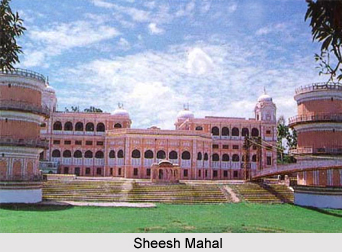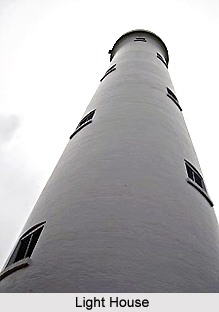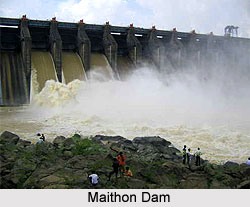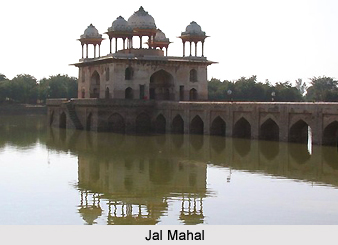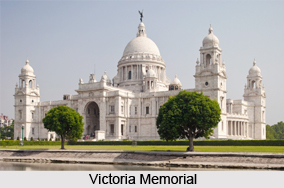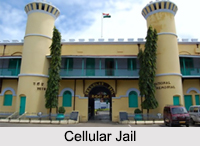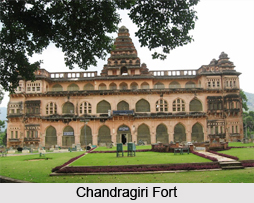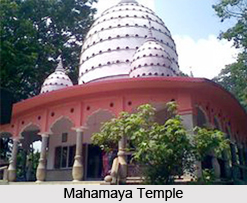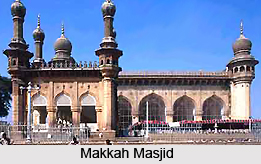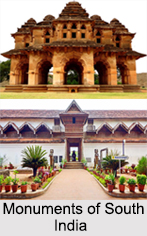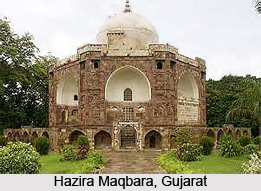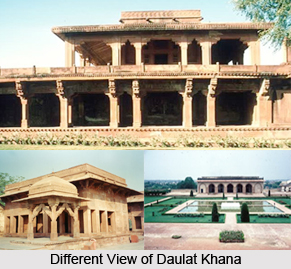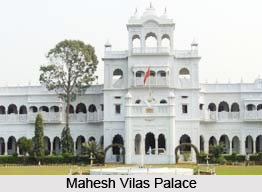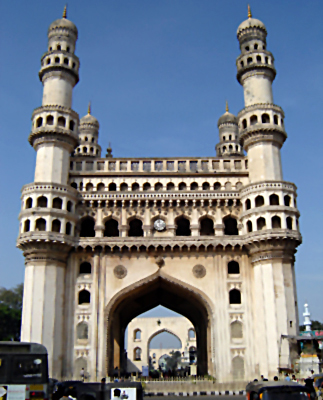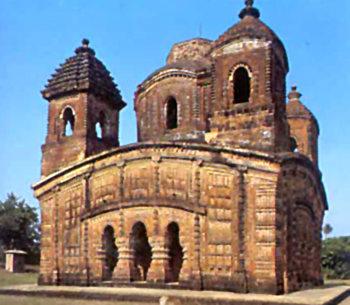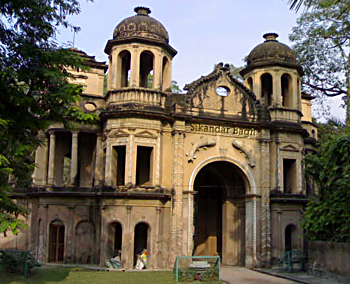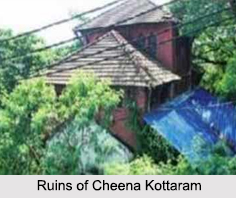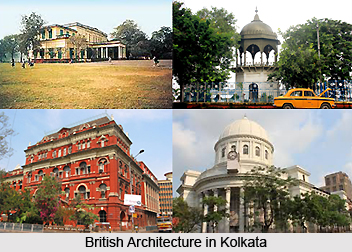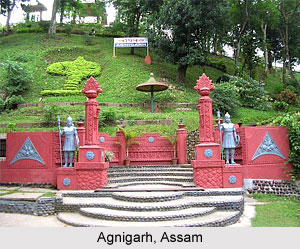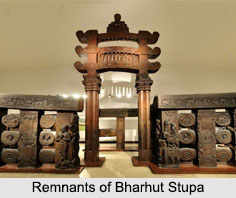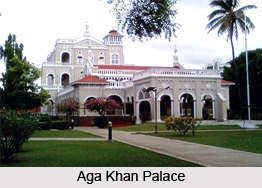 Palaces of Maharashtra give the tourists and the art lovers the architectural splendour and the glorious history of Mughals, British East India Company and the Marathas. Some of the palaces of Maharashtra are Aga Khan Palace, Farah Bagh, Lal Mahal, Naukhanda Palace and the museums. Some of the palaces are donated to the Government of India as museums and to preserve collections of artefacts of ancient era to modern ages.
Palaces of Maharashtra give the tourists and the art lovers the architectural splendour and the glorious history of Mughals, British East India Company and the Marathas. Some of the palaces of Maharashtra are Aga Khan Palace, Farah Bagh, Lal Mahal, Naukhanda Palace and the museums. Some of the palaces are donated to the Government of India as museums and to preserve collections of artefacts of ancient era to modern ages.
Aga Khan Palace
Aga Khan Palace was built by Sultan Muhammed Shah Aga Khan III in Pune, Maharashtra. It was built in 1892. The palace was an act of charity by the Sultan who wanted to help the poor in the neighbouring areas of Pune, who were drastically hit by famine. Aga Khan Palace is a palatial building and is considered to be one of the greatest marvels of India. Aga Khan Palace is closely linked to the Indian freedom movement as it served as a prison for Mahatma Gandhi, his wife Kasturba Gandhi, his secretary Mahadev Desai and Sarojini Naidu. In this palace Mahadev Desai died while in house arrest.
Farah Bagh
Farah Bagh is situated in Ahmednagar District, Maharashtra. Farah Bagh is a palace build by Nizam Shahi rulers in Ahmednagar. Farah Bagh was the centrepiece of a huge palatial complex completed in 1583.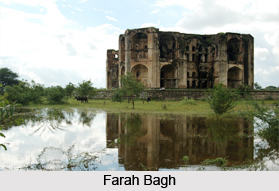 It were the special possessions of the royal household and Murtaza Nizam Shah often retired here to play chess with a Delhi singer whom he called Fateh Shah and also built for him a separate "mahal" called Lakad Mahal in the garden. The central eight-sided palace is now in ruins and except an embankment no signs of the pond remain.
It were the special possessions of the royal household and Murtaza Nizam Shah often retired here to play chess with a Delhi singer whom he called Fateh Shah and also built for him a separate "mahal" called Lakad Mahal in the garden. The central eight-sided palace is now in ruins and except an embankment no signs of the pond remain.
Lal Mahal
Lal Mahal of Pune, Maharshtra is one of the most famous monuments. It is located in Pune. In the year 1630 AD, Shivaji`s Father Shahaji Bhosale, established the Lal Mahal for his wife Jijabai and son. Shivaji stayed here for several years until he captured his first fort. The original Lal Mahal fell into ruins and the current Lal Mahal is a reconstruction of the original and located in the center of the Pune city. Shivaji`s marriage with his first wife, Maharani Saibai took place in Lal Mahal. The original Lal Mahal was built with the idea of rejuvenating the recently razed city of Pune when Dadoji Kondev entered the city along with Shivaji and his mother, Jijabai. Shivaji grew up here, and stayed in the Lal Mahal till he captured the Torna fort in 1645. Towards the end of the 17th Century, the Lal Mahal fell into ruins and was eventually razed to the ground as a result of various attacks on the city.
Naukhanda Palace
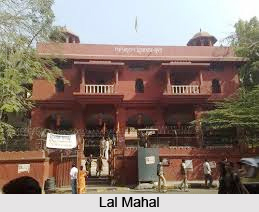 Naukhanda Palace was built by Malik Ambar in 1616 upon the summit of a rising ground at Aurangabad. The massive portal gateway leading to this, over which the Naubatkhana sounded, was called Barkal. According to one account a noble of Aurangzeb"s court named Alam Khan, made additions to this Palace; and further additions were subsequently made by Asaf Jah I. An adjoining block of buildings was screened off by a partition wall for Nasir Jang. The Naukonda palace was also occupied by Nizam Ali Khan, when he was at Aurangabad.
Naukhanda Palace was built by Malik Ambar in 1616 upon the summit of a rising ground at Aurangabad. The massive portal gateway leading to this, over which the Naubatkhana sounded, was called Barkal. According to one account a noble of Aurangzeb"s court named Alam Khan, made additions to this Palace; and further additions were subsequently made by Asaf Jah I. An adjoining block of buildings was screened off by a partition wall for Nasir Jang. The Naukonda palace was also occupied by Nizam Ali Khan, when he was at Aurangabad.
Shalini Palace
Shalini Palace is located in the city of Kolhapur in the Indian state of Maharashtra. It was built in 1931-1934 at a cost of Rs.800,000 and was named after Princess Shrimant Shalini Raje of Kolhapur. Shalini Palace stands on the west bank of the picturesque Lake Rankala and is surrounded by towering palm trees, lush greenery and lovely gardens. Shalini Palace is built of intricately carved black stone and Italian marble. Shalini Palace possesses the rich decorative wooden doorways fitted with etched Belgian glass bearing the crest of the Maharaja of Kolhapur, add to the regal grandeur. Majestic black stone arches form the verandah and the porch. The stained glass arches and the huge tower clock are restored to their original beauty. The palace has currently been converted into a 3-star hotel property in kolhapur
Shree Chhatrapati Shahu Museum
Shree Chhatrapati Shahu Museum is a historic building on the Bahvani Mandap-Kasaba Bavda Road. Shree Chhatrapati Shahu Museum or New Palace was constructed during 1877-1884. It is being an excellent specimen of architecture built in black, polished stone, it has been an attraction for tourists. It has extensive premises with a garden, fountain and wrestling ground. Shree Chhatrapati Shahu Museum is eight-angled and has a tower in the middle. The clock on it was fixed in 1877. At separate distances there are small towers.
